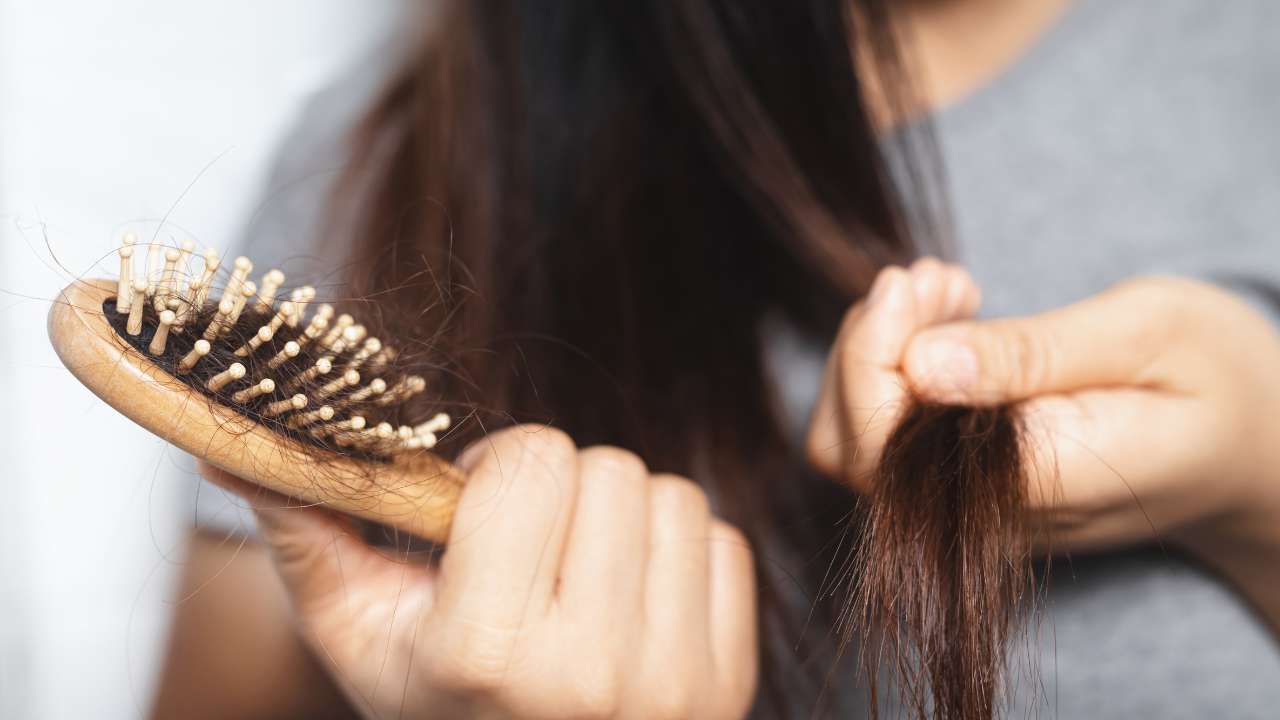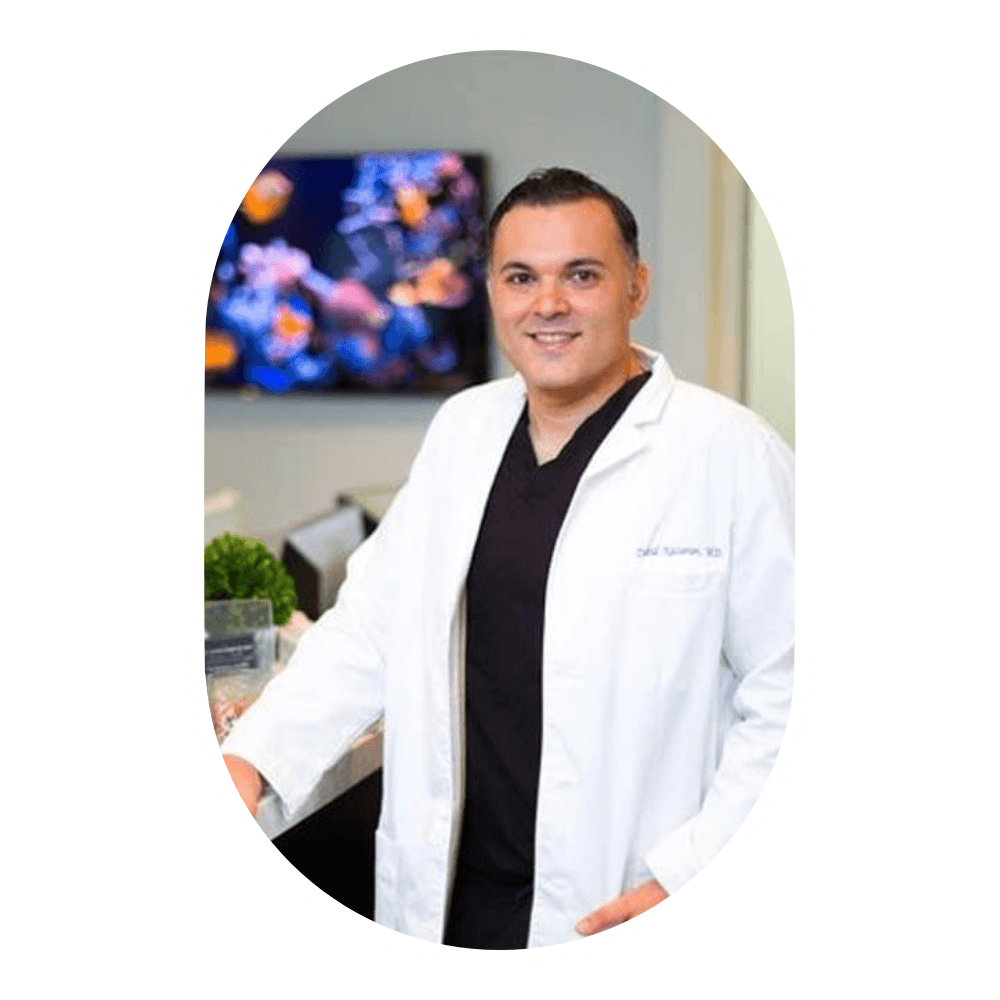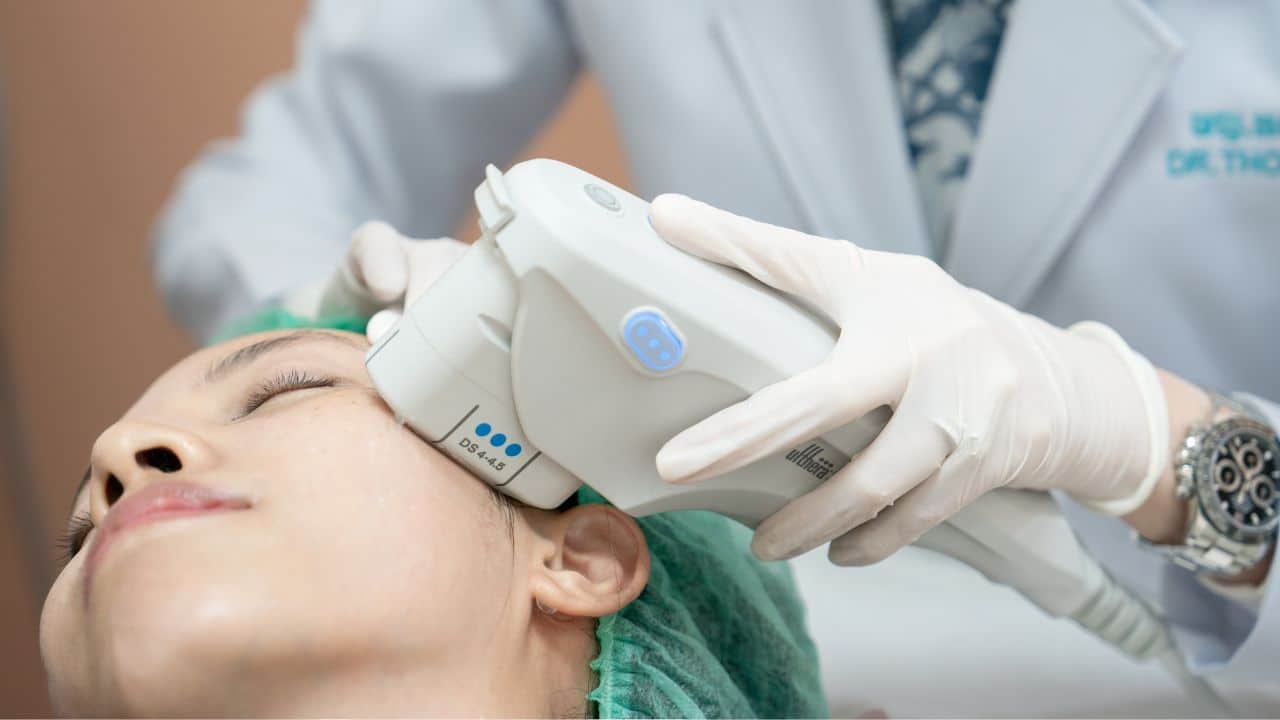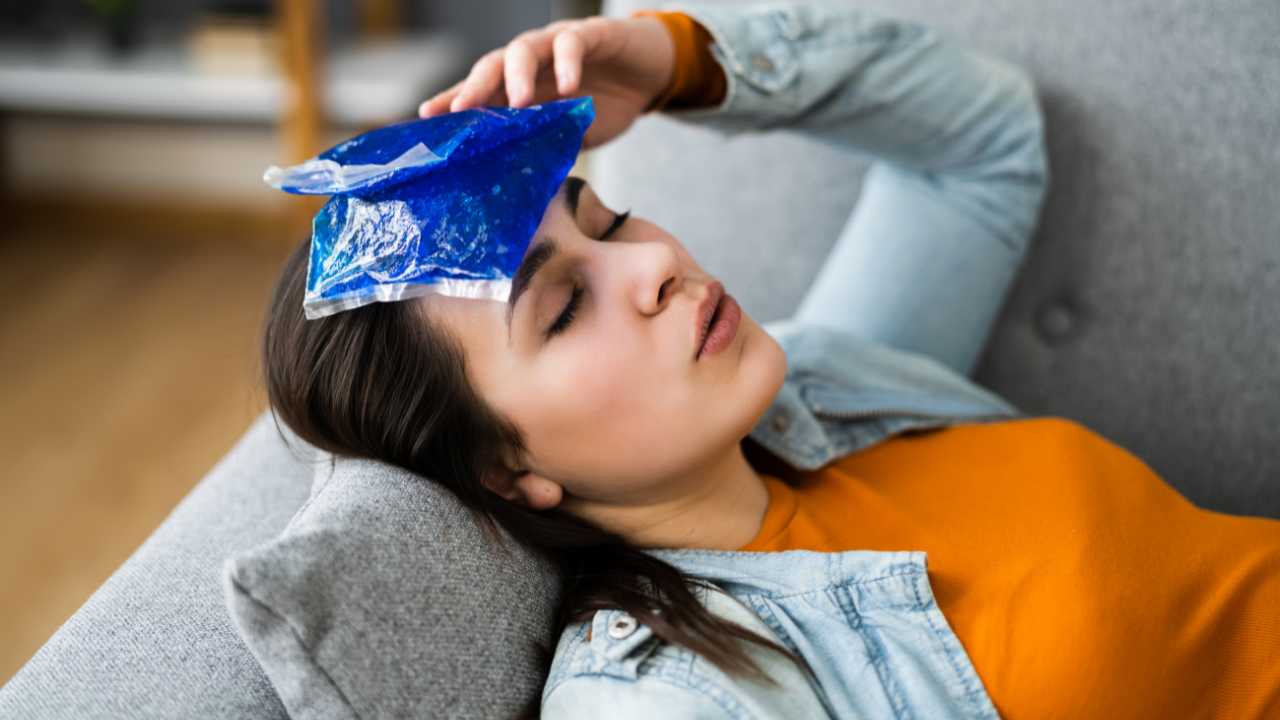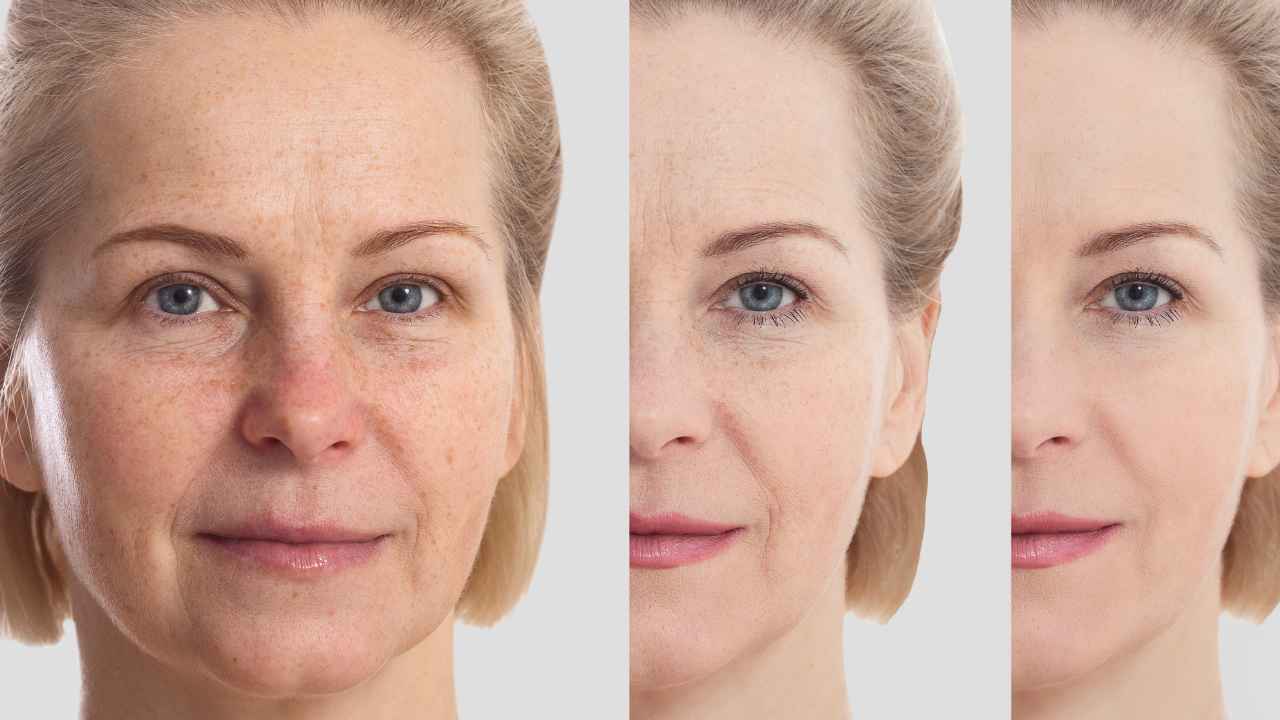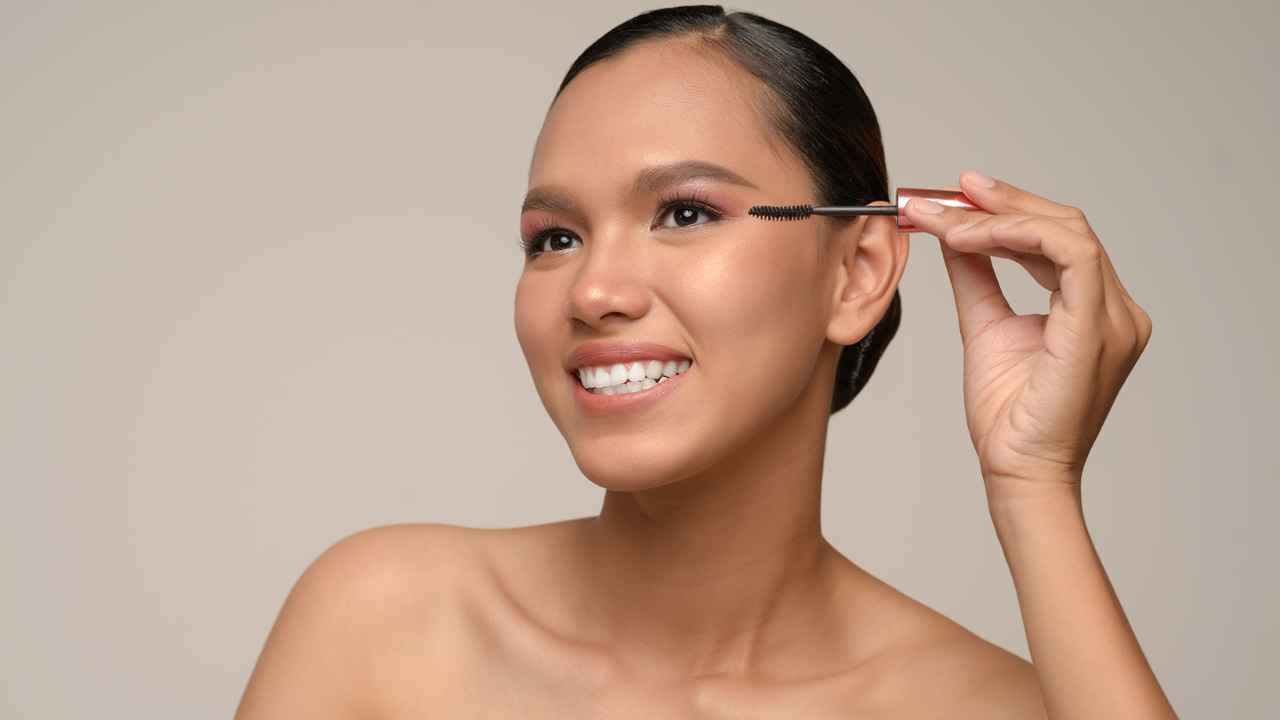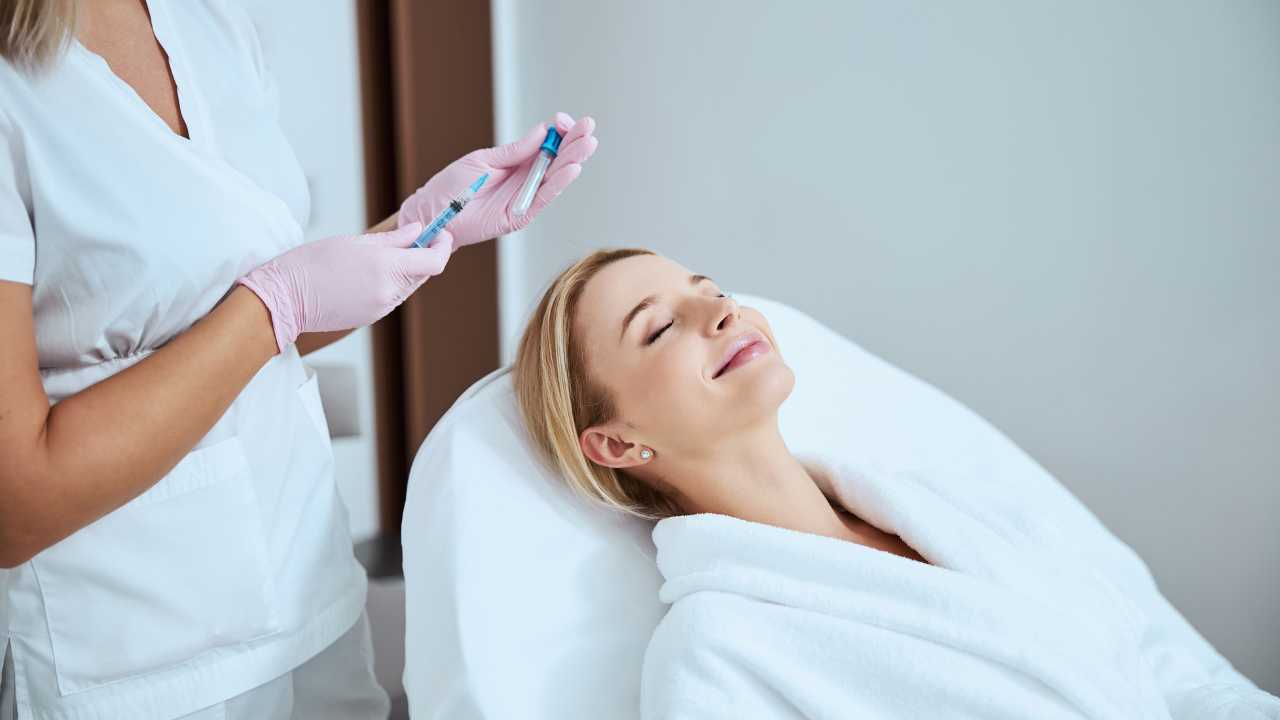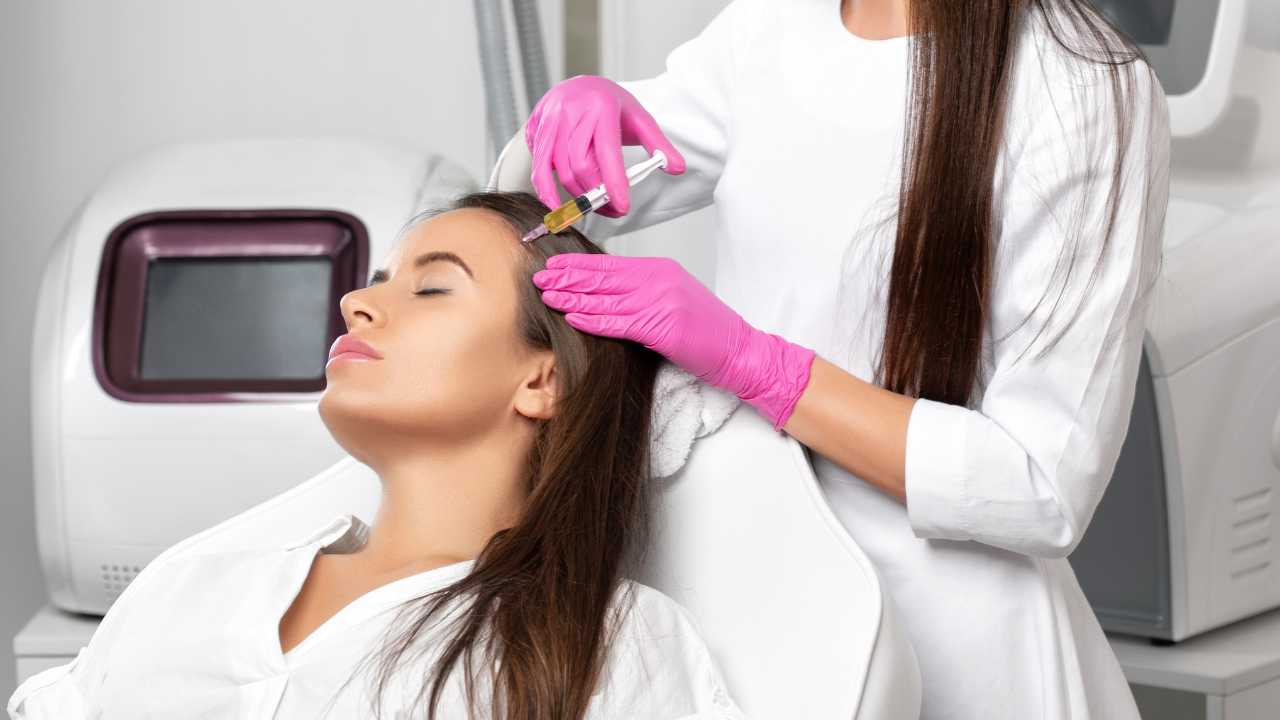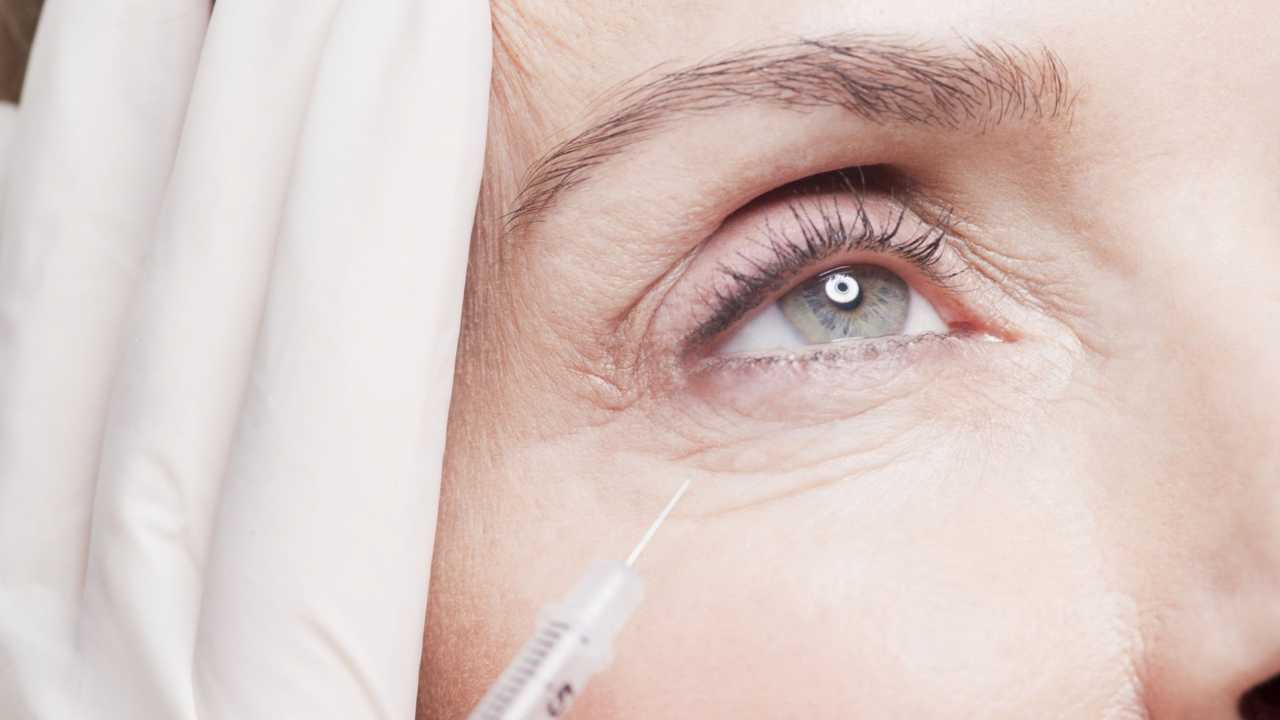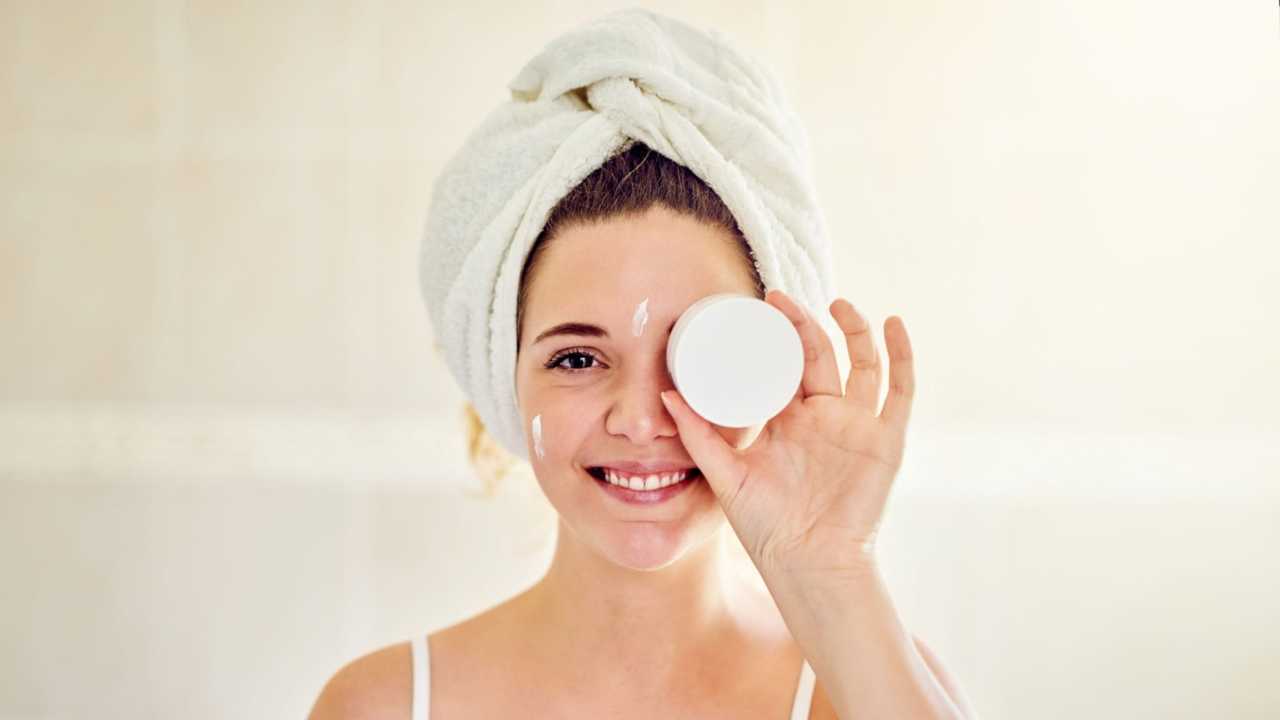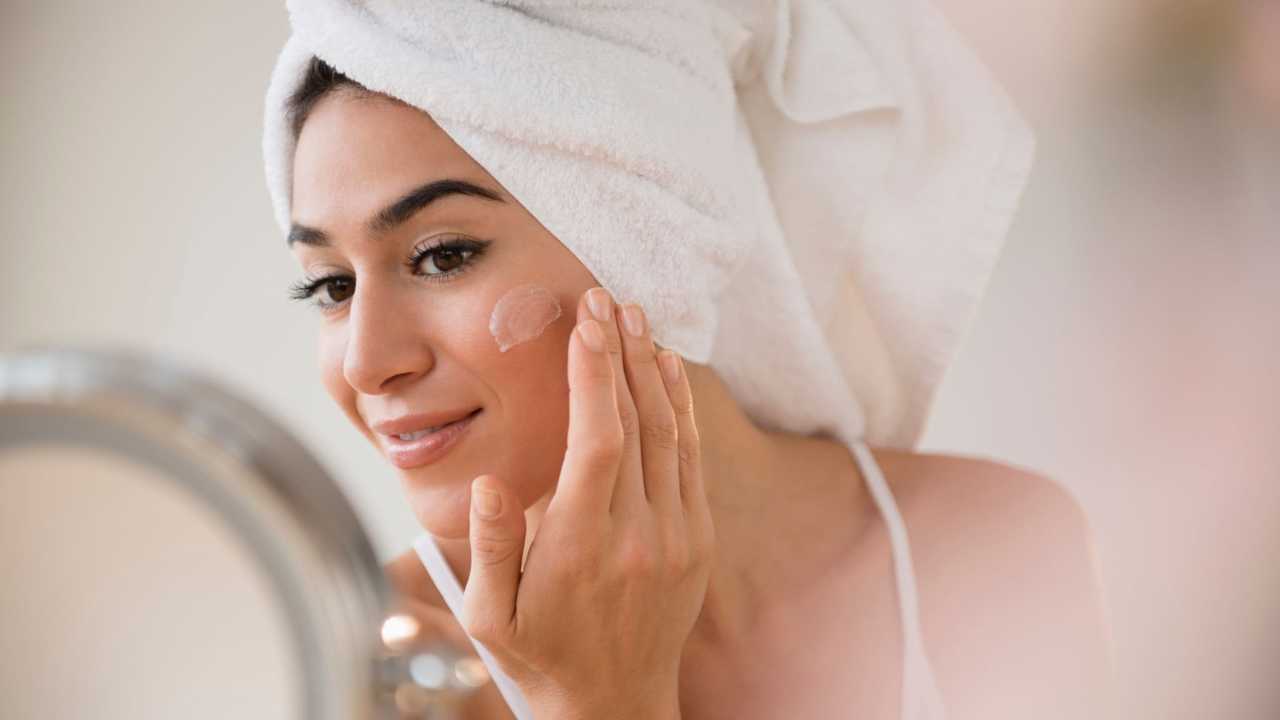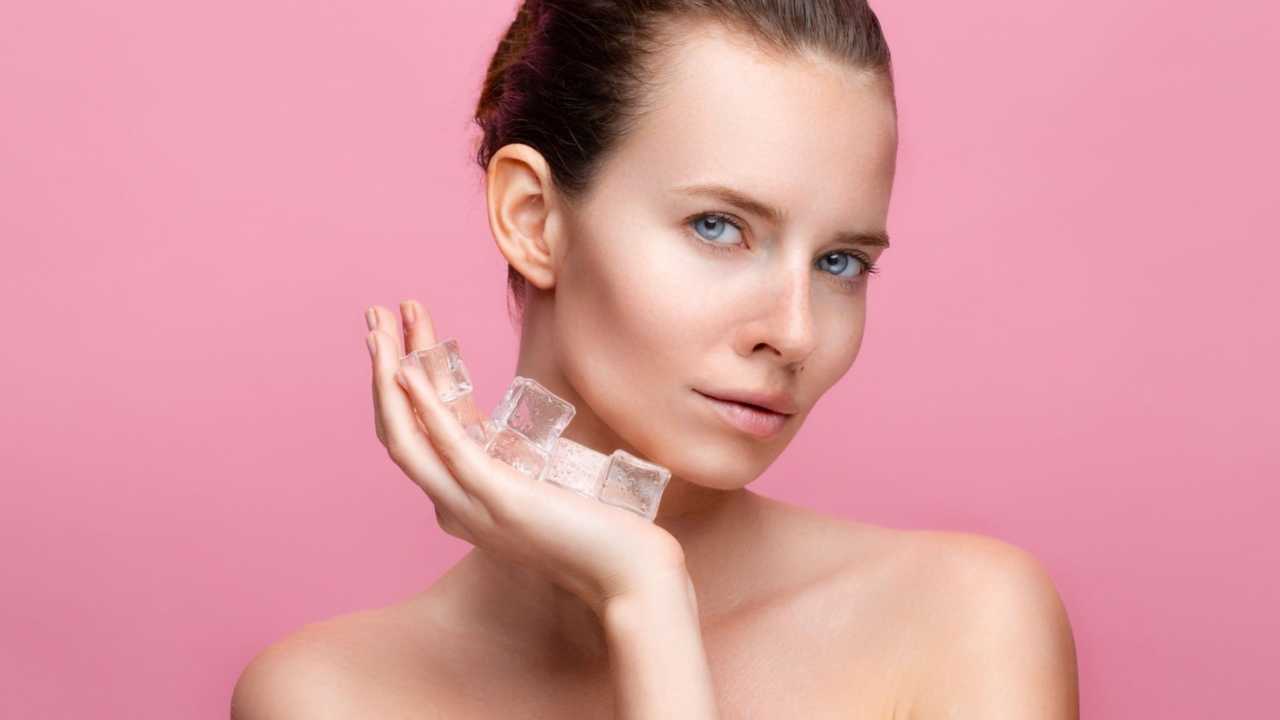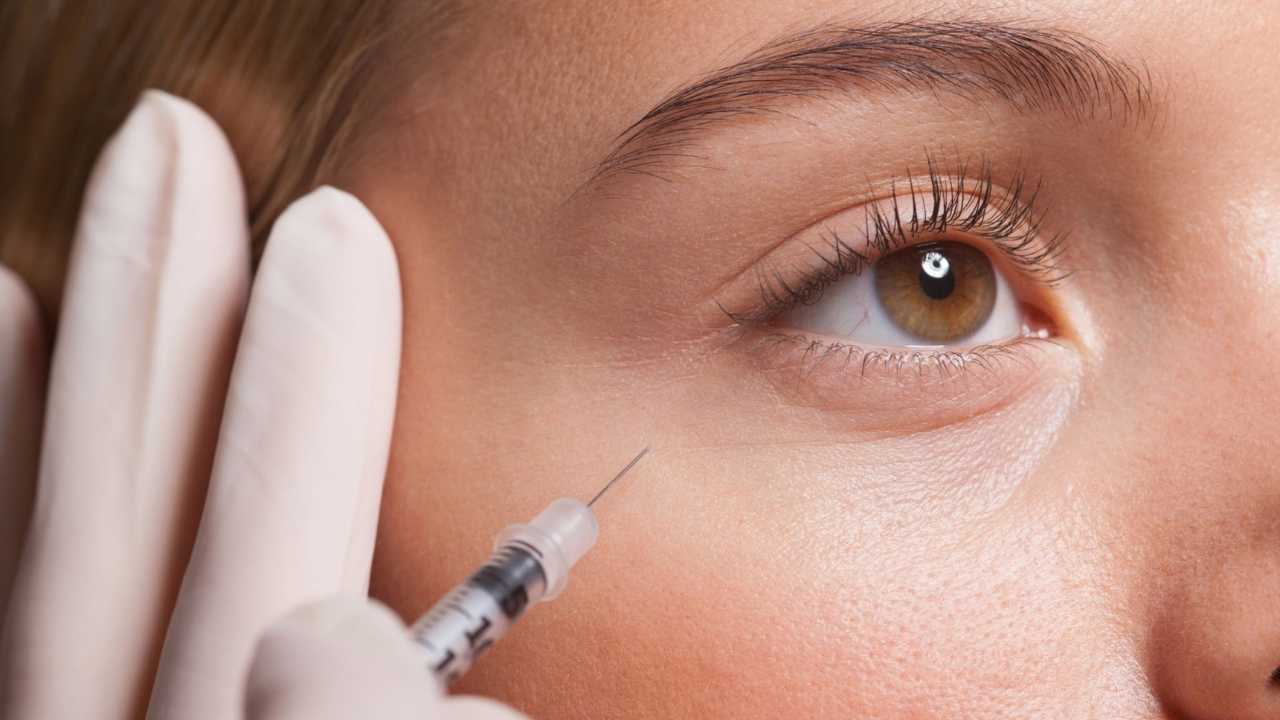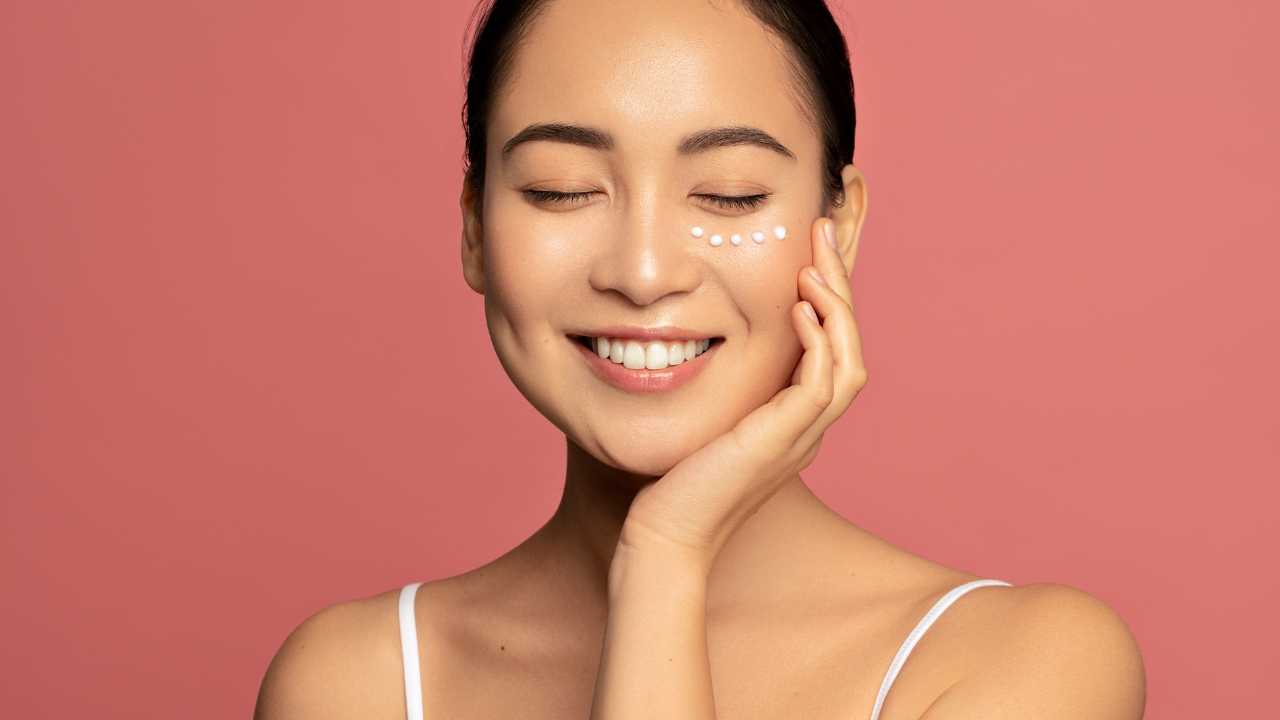Did you know that alopecia, a condition causing hair to fall out in small patches, affects as many as 6.8 million people in the U.S. alone?
It’s more than just an aesthetic concern; it’s a blow to self-esteem, confidence, and overall well-being. At the same time, various treatments promise to combat hair loss; an innovative, holistic approach garners attention in the medical world — the combination of PRP (Platelet-Rich Plasma) therapy and minoxidil.
These two proven therapies, typically utilized separately, now join forces, offering new hope to individuals battling alopecia. This fusion of science and nature could be the game-changer you’ve been waiting for.
Stay with us as we delve into the world of PRP and minoxidil, shedding light on how this combination can open new doors in your journey to reclaiming healthy, robust hair.
Understanding Alopecia
Alopecia: More Than Just Hair Loss
Alopecia, commonly known as hair loss, is a condition that manifests in several forms, each characterized by varying patterns and degrees of hair loss.
It’s a common misconception that alopecia solely implies total hair loss, but in reality, it ranges from small, round patches of baldness (Alopecia Areata) to complete hair loss all over the scalp (Alopecia Totalis) or even the entire body (Alopecia Universalis).
Unraveling the Causes
The primary cause of alopecia lies within our immune system. In an autoimmune response, the body mistakenly targets and attacks hair follicles, resulting in hair loss.
Other factors such as genetics, stress, hormonal imbalance, and even certain medications can also contribute to the onset of alopecia.
Alopecia’s Impact on Quality of Life
Alopecia, a visible condition, often has profound psychological impacts on affected individuals. It can lead to a diminished sense of self-esteem and elevated levels of stress, anxiety, and depression. A study revealed that almost 40% of women with alopecia had marital issues, and around 63% reported career-related problems, underscoring this condition’s broader social and personal implications.
Recognizing the Different Types of Alopecia
There are several types of alopecia, each with its unique characteristics. The most common ones include:
- Alopecia Areata: Characterized by patchy hair loss, usually on the scalp but can affect other hair-bearing skin.
- Alopecia Totalis: A more severe form resulting in complete hair loss from the scalp.
- Alopecia Universalis: The most extreme type, leading to hair loss across the entire body.
Science of PRP Therapy
PRP Therapy: Harnessing the Body’s Natural Healing
PRP, or Platelet-Rich Plasma therapy, is a regenerative medicine technique that uses your blood’s components to stimulate natural healing and growth.
Platelets, the tiny blood cells involved in clotting, also release growth factors that aid tissue repair and regeneration. In the context of hair loss, these growth factors can stimulate the activity of the hair follicles and promote new hair growth.
How Does PRP Therapy Work?
The PRP process begins with a simple blood draw. The collected blood is then placed in a centrifuge that spins at high speed. This spinning separates the blood into layers based on their densities, and the layer rich in platelets is extracted.
This Platelet-Rich Plasma is injected into areas of the scalp with hair loss. The platelets release their growth factors, stimulating and strengthening the hair follicles and potentially encouraging new hair growth.
Combining PRP and Minoxidil for a Holistic Approach
Understanding the Combined Approach
PRP therapy and minoxidil have long been used independently to treat hair loss, each boasting unique strengths. Combined, these therapies present a synergistic effect, offering a comprehensive and holistic approach to tackling alopecia.
Why Combine PRP and Minoxidil?
PRP therapy harnesses the body’s natural healing process, utilizing the growth factors in your blood to stimulate hair growth. On the other hand, minoxidil, an FDA-approved topical treatment, prolongs the growth phase of hair follicles, allowing more time for hair to grow out.
Combining these two treatments can enhance the effectiveness of each, with PRP delivering a concentrated dose of growth factors to rejuvenate the scalp and minoxidil, ensuring the prolonged growth of new hair.
This combo therapy may increase the success rate in challenging alopecia cases, offering a promising solution for those who have seen little or no results from traditional treatments.
The Power of Synergy: PRP and Minoxidil
The mechanism of action for PRP and minoxidil differs, which is precisely why they work so well together.
While PRP stimulates the hair follicles and creates a healthy scalp environment, minoxidil extends the growth phase of the hair cycle. This synergy can result in healthier, stronger hair growth over an extended period.
It’s important to note that the effectiveness of this combined approach may vary from person to person. Variables such as the severity of hair loss, overall health, age, and lifestyle factors can all influence the results.
Taking a Step Forward: The Procedure
Typically, the procedure begins with the topical application of minoxidil for a few weeks to initiate hair growth.
Subsequently, PRP therapy is introduced, where your blood is drawn, processed to concentrate the platelets, and injected into the scalp areas experiencing hair loss. The therapy usually requires multiple sessions and ongoing use of minoxidil to maintain and enhance the results.
Benefits of PRP Therapy for Alopecia
PRP therapy is particularly beneficial due to its natural and non-invasive nature. Because it uses components from your blood, the chances of adverse reactions are significantly reduced.
Moreover, PRP therapy doesn’t merely work on the surface. Targeting the underlying issues at the follicle level aims to create a healthier scalp environment conducive to natural and sustained hair growth.
Lastly, PRP therapy is versatile. It can address various types of alopecia and is often combined with other treatments, like minoxidil, for a more holistic and comprehensive approach.
As we navigate the landscape of alopecia treatment options, it’s crucial to understand the science behind each therapy. Knowing how PRP therapy works provides a deeper understanding of the process, setting realistic expectations and enabling you to make informed decisions about your hair restoration journey.
Possible Side Effects and Precautions

Understanding Potential Side Effects
Like all medical treatments, PRP and minoxidil have their share of potential side effects. Understanding these side effects can better prepare you for your journey toward treating alopecia.
Potential Side Effects of PRP Therapy
PRP therapy is generally considered safe, with minimal side effects, since it uses your body’s platelets. However, as with any procedure involving injections, there may be temporary discomfort at the injection site, mild swelling, or a headache. These effects typically subside within a couple of days.
Potential Side Effects of Minoxidil
As a topical treatment, Minoxidil primarily has localized side effects, including dryness, itching, or irritation at the application site. In rare instances, some people might experience a change in hair color or texture.
Using excessively can lead to unwanted hair growth on other parts of the body. If you notice any severe or persisting side effects, it is recommended to consult your healthcare provider immediately.
Precautions to Consider
Before starting any new treatment regimen, discussing it thoroughly with your healthcare provider is crucial. Although PRP therapy and minoxidil have shown promise in treating alopecia, they may not suit everyone.
People with a history of heavy smoking, drug usage, or alcohol consumption may not be ideal candidates for PRP therapy. Those with underlying conditions such as liver diseases, skin issues on the scalp, or a low platelet count should also proceed with caution.
Conversely, Minoxidil should be used under professional supervision, especially for pregnant or breastfeeding women. Individuals with a history of heart disease should also discuss potential risks with their healthcare provider.
Informed Decisions for Better Outcomes
Understanding potential side effects and taking the necessary precautions can significantly contribute to successfully treating alopecia.
Always remember open and honest discussions with your healthcare provider are the foundation of any successful treatment plan. These conversations will enable you to make informed decisions, ensuring the journey to reclaiming your hair is safe and fruitful.
Conclusion
The journey of overcoming alopecia can be challenging, but innovative solutions like the combination of PRP therapy and minoxidil are offering renewed hope. Understanding the science behind these treatments, their synergistic potential, and the associated side effects, empowers you to make informed decisions.
This blend of treatments could be the game-changer in your battle against hair loss, offering a promising route to healthier, fuller hair. It’s essential to consult with a healthcare professional to find the right treatment tailored to your needs.
After all, every strand of hair counts in the journey to regain confidence and enhance your quality of life.

